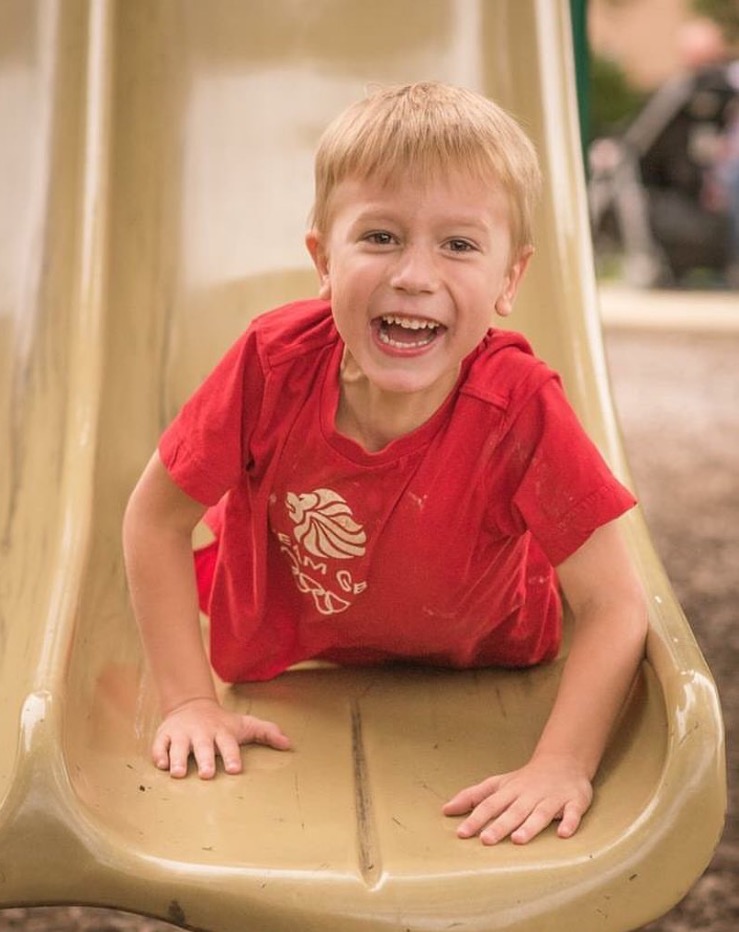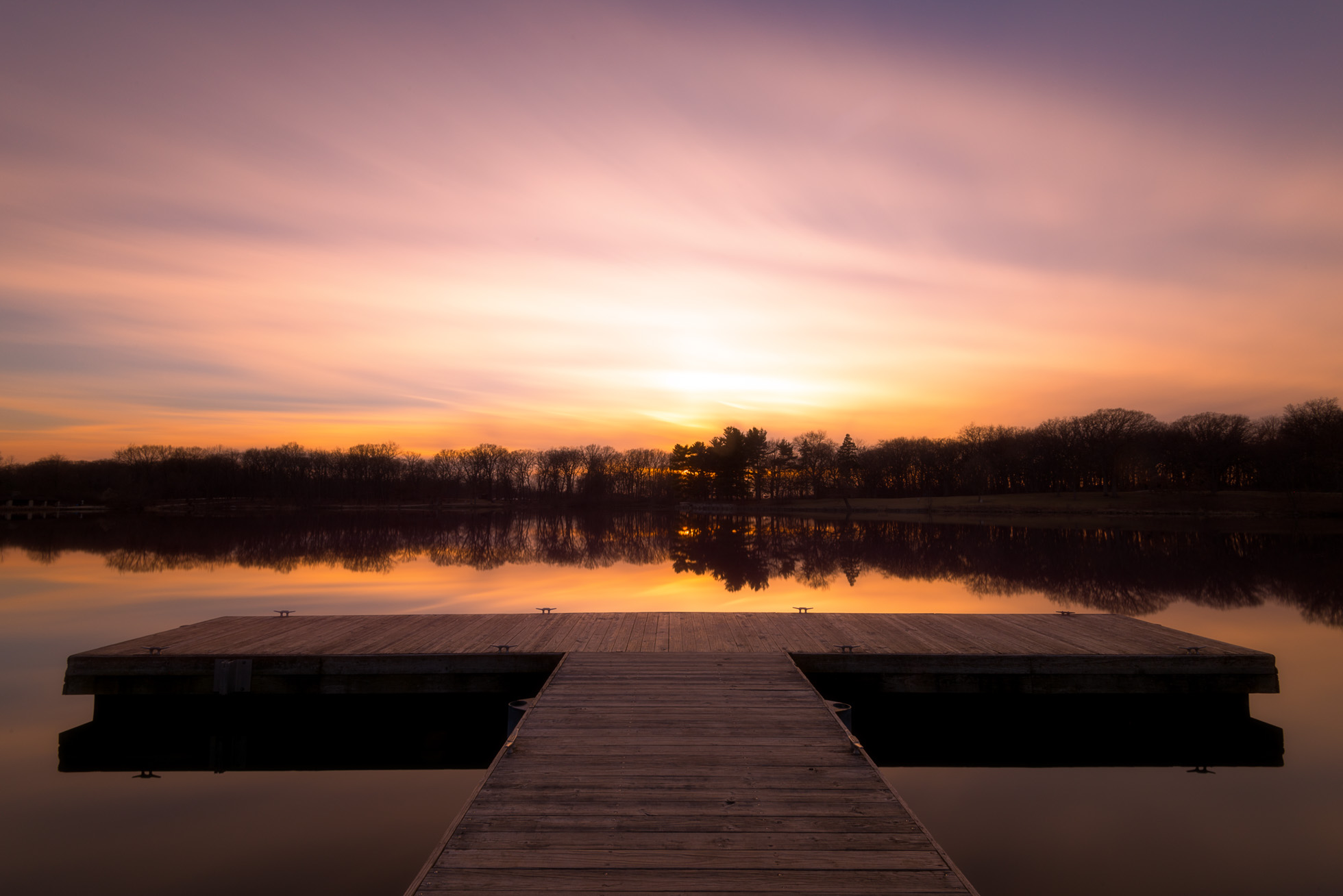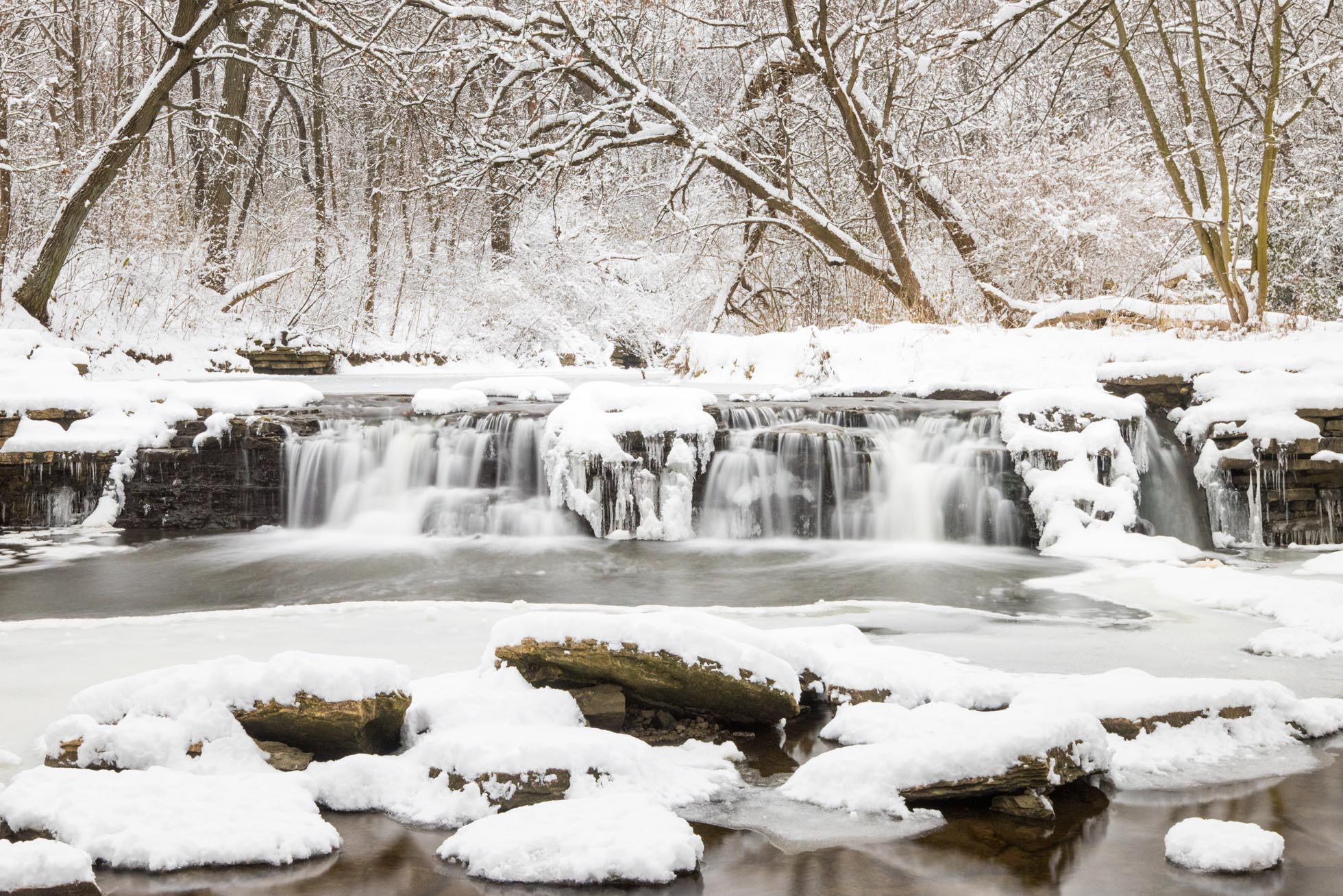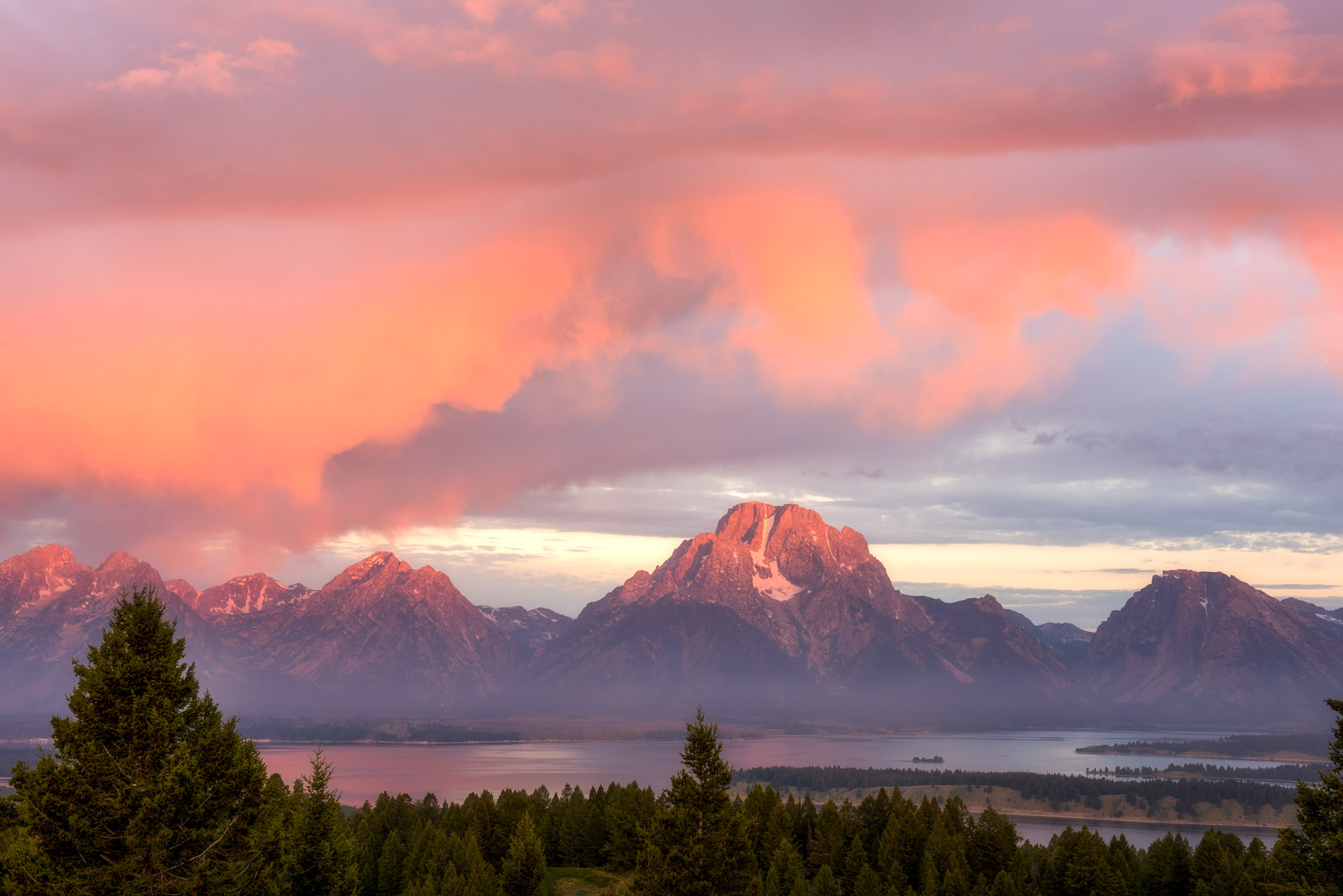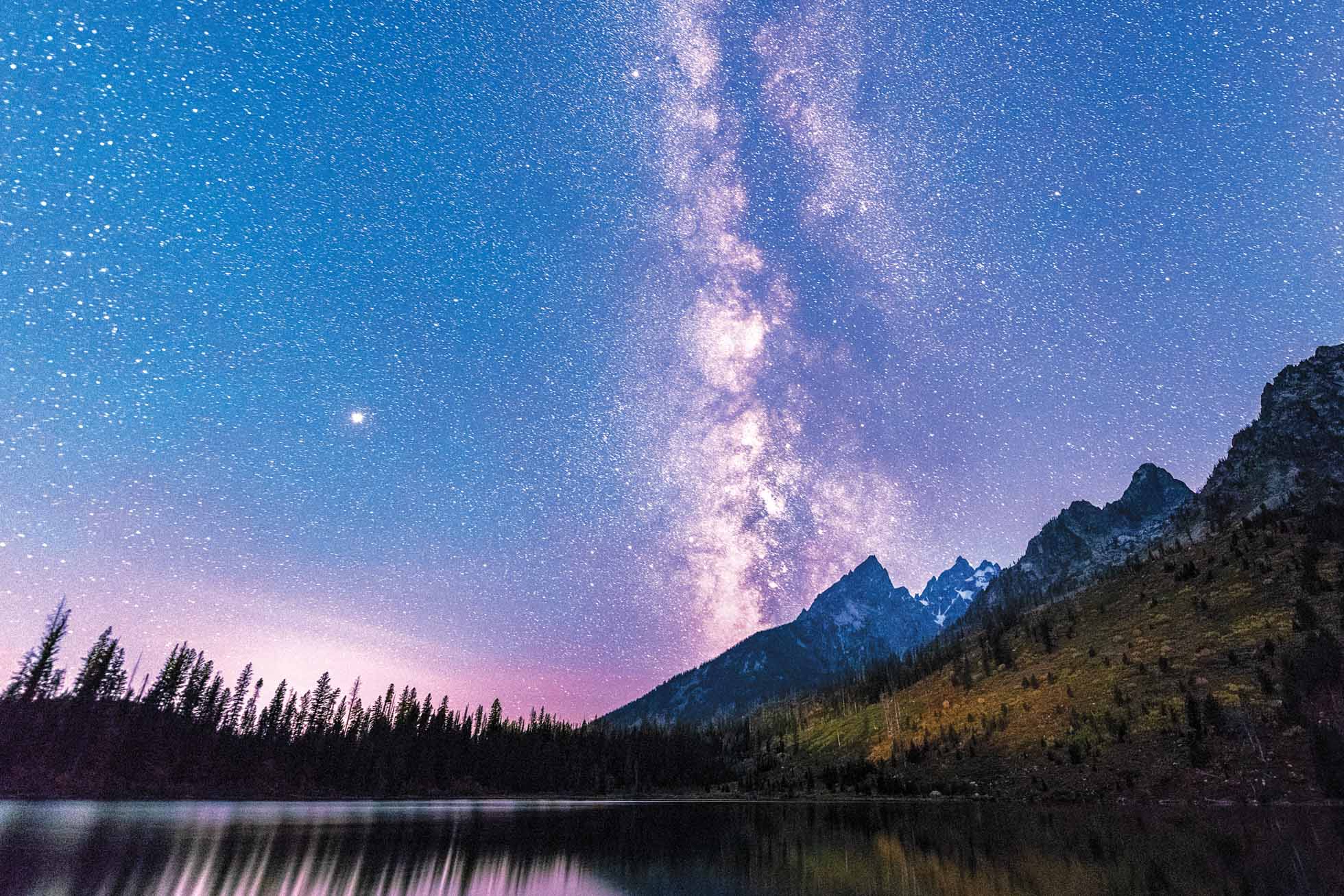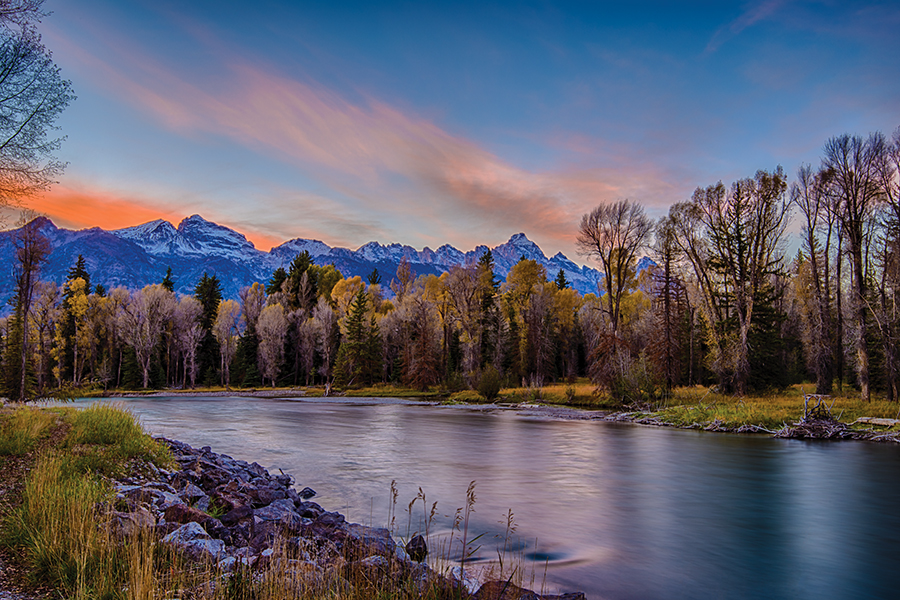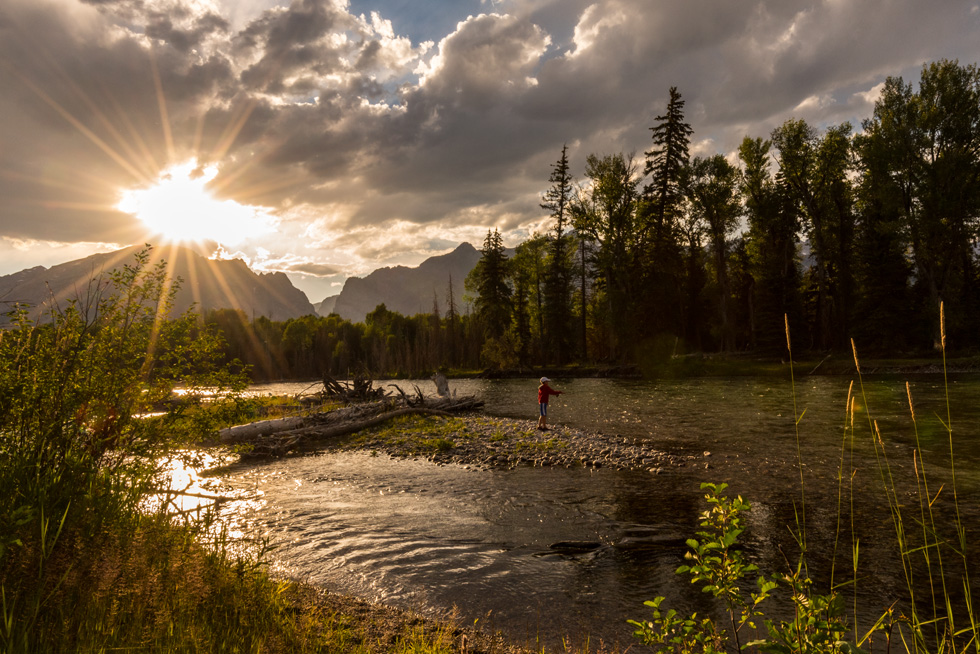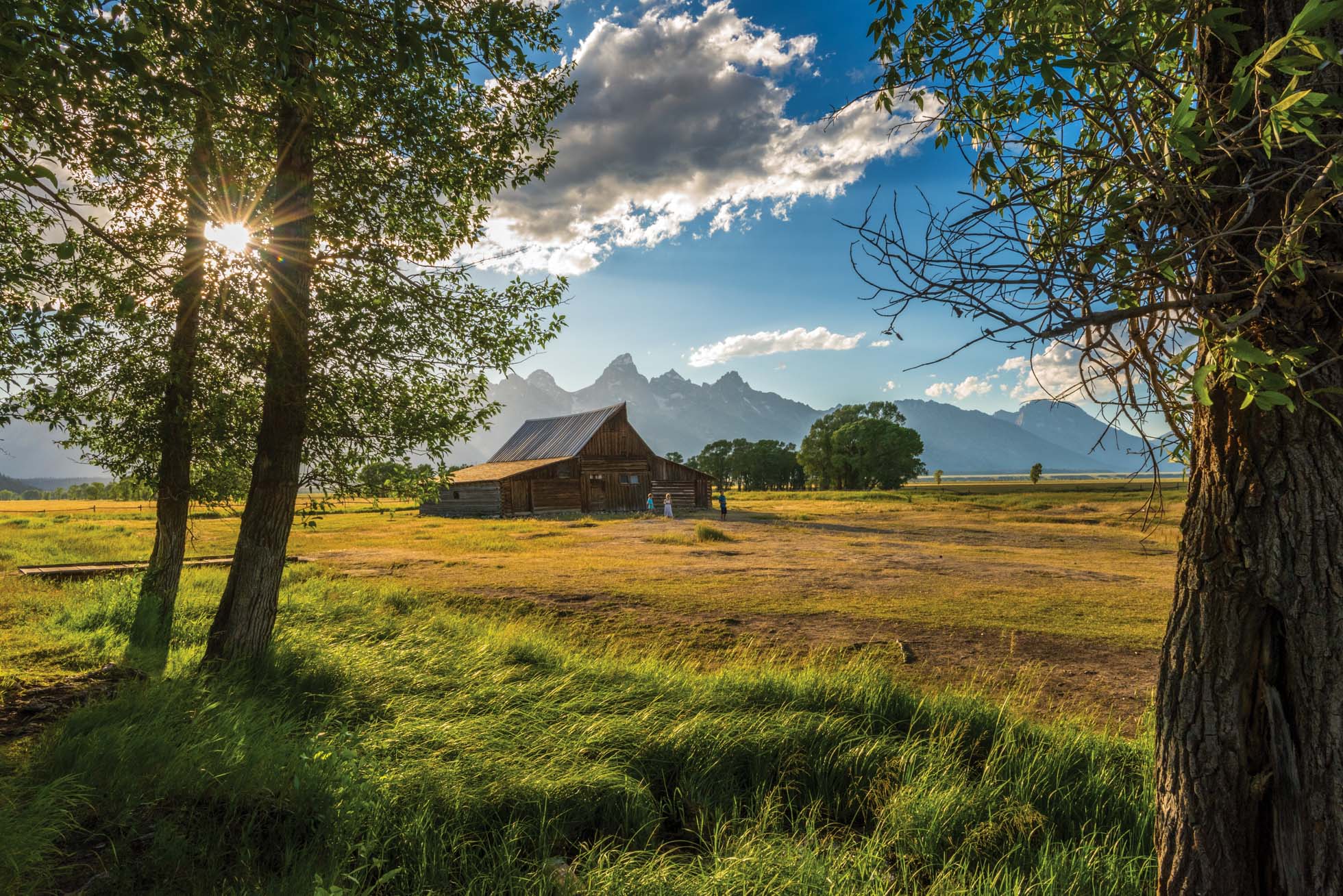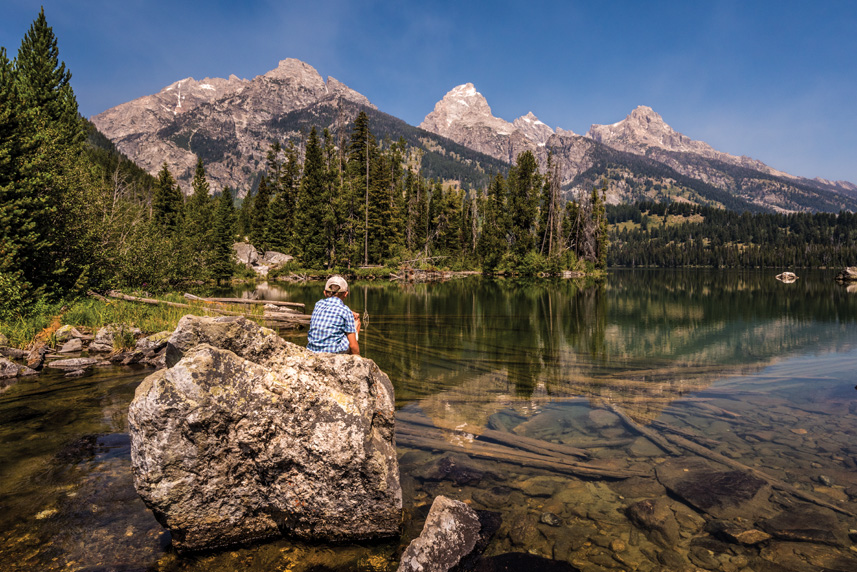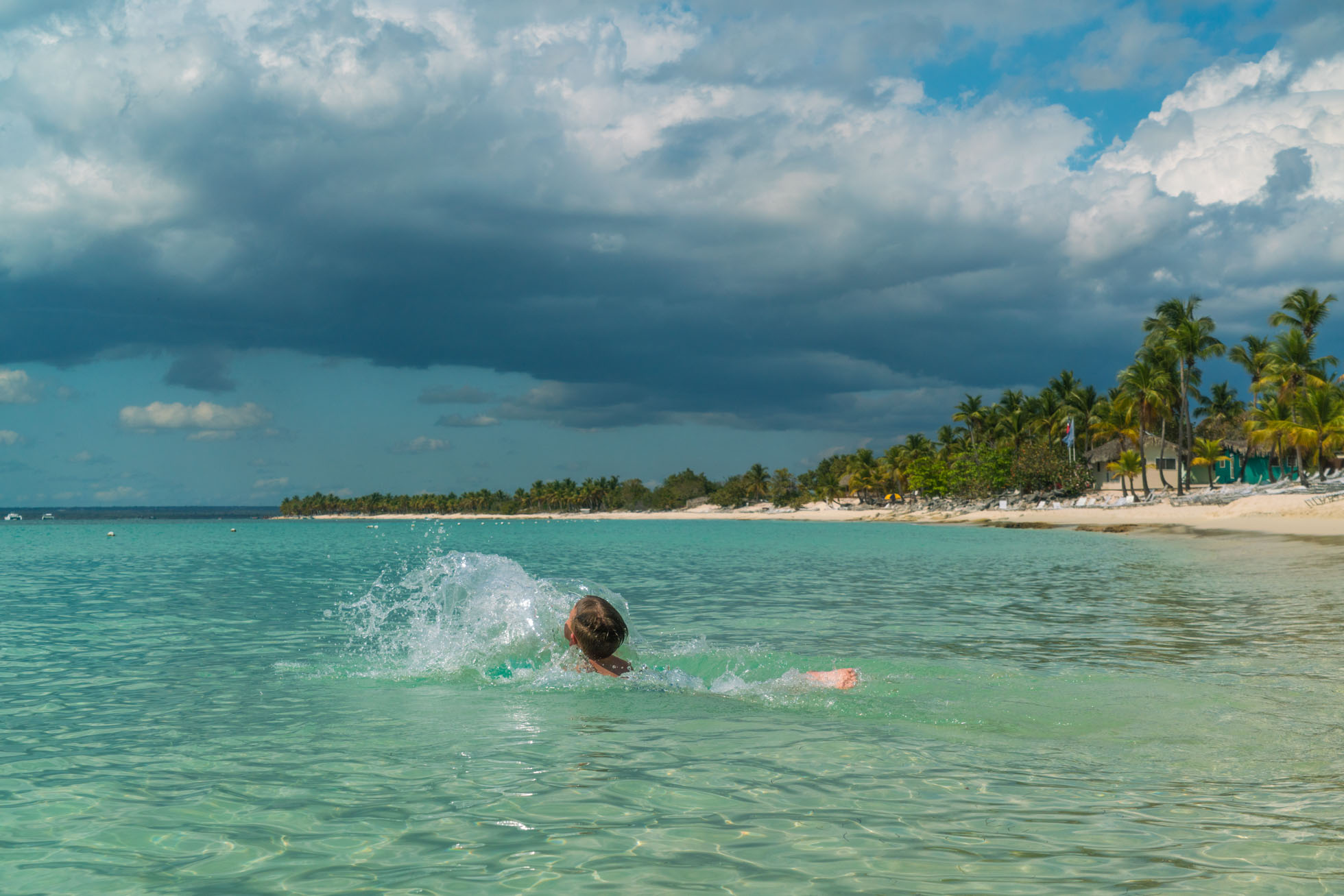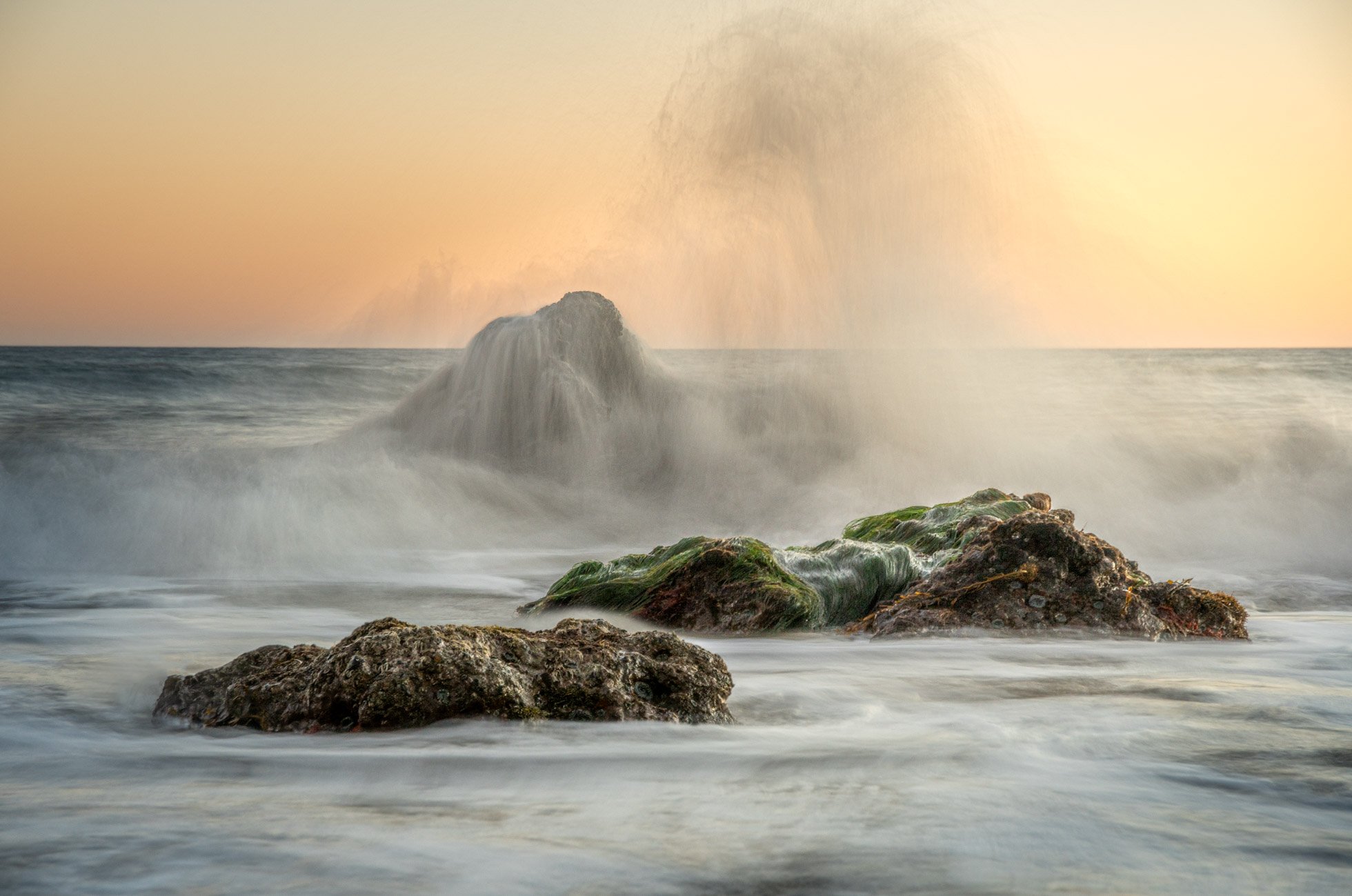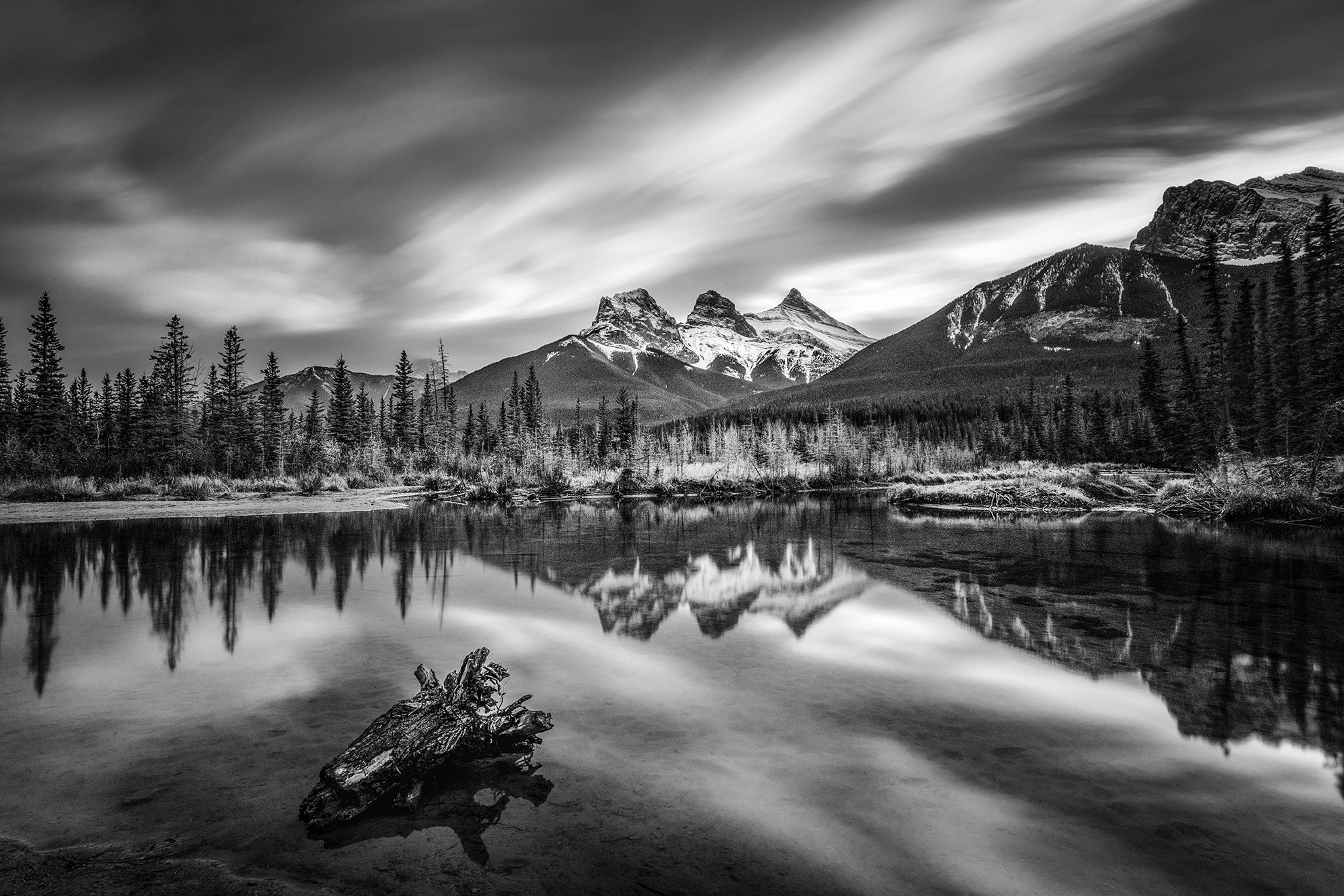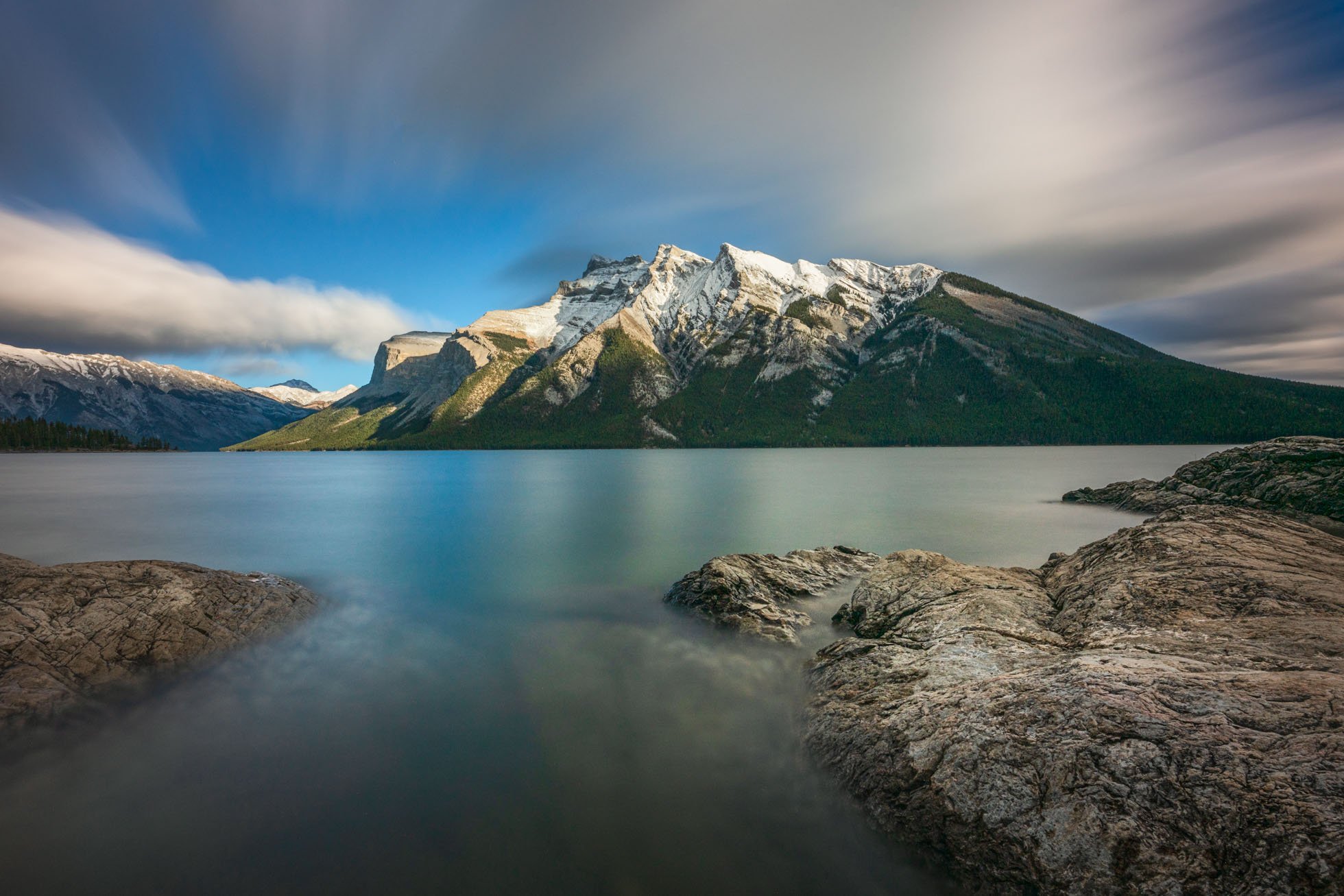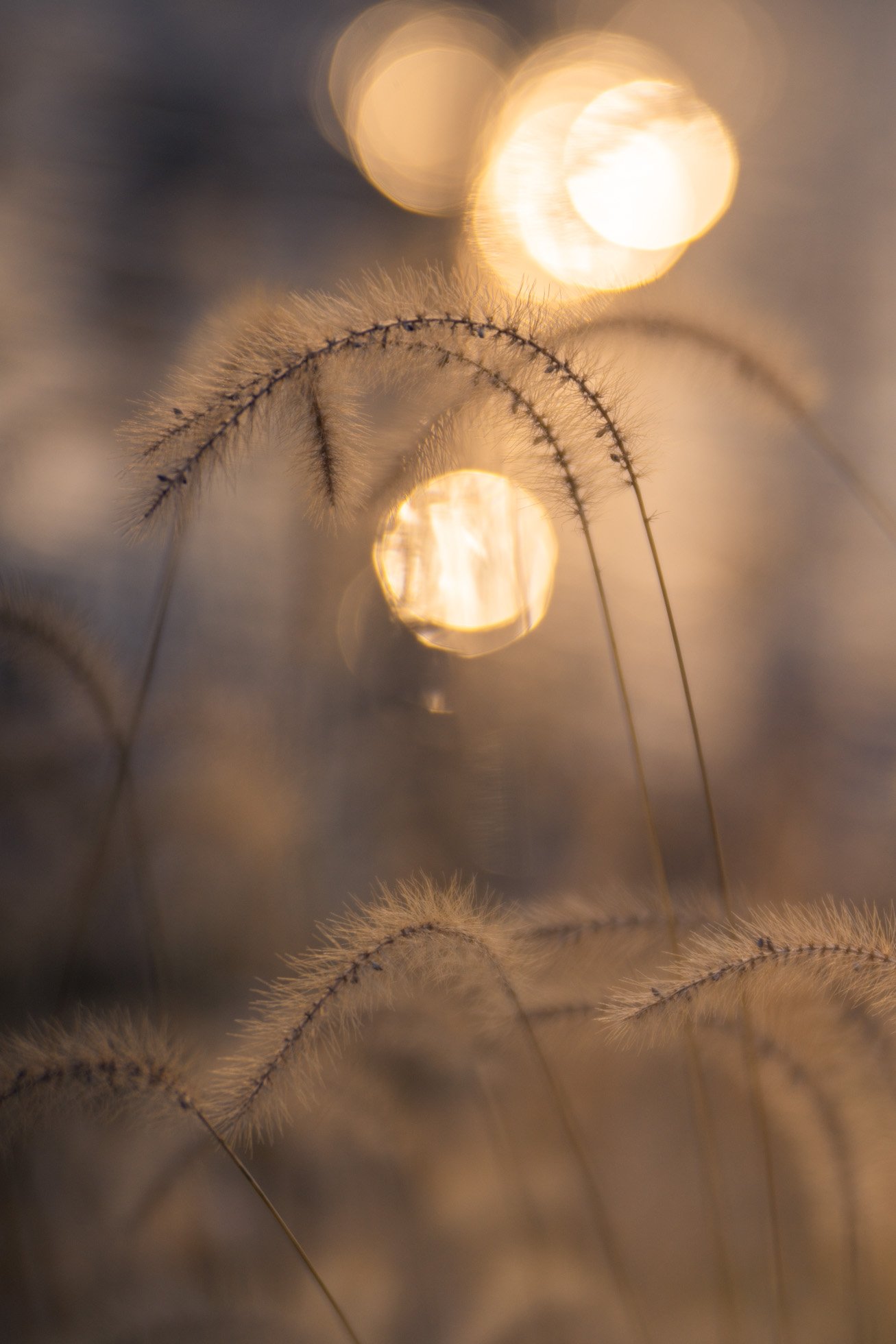I often reflect on why I spend a lot of my time with landscape photography, both shooting and processing as well as educating others. The reasons why are a topic all their own. But all the time I spend shooting, studying, practicing, educating and encouraging others has made me reflect on what it is that creates stunning landscape photographs. I think about how to take my photographs to that next level and of new ways to teach and encourage others in my retreats and online workshop.
In my mind, it comes down to 4 ingredients. There are exceptions to every rule, of course, but there are 4 ingredients that must come together to create exceptional landscape and nature imagery. Several of which we can control, and one in which we cannot, at least for the most part.
1. CRAFT
The first ingredient in creating amazing landscape images is knowing your craft. And when I say craft, I am referring to the technical settings and techniques involved in mastering your camera and in shooting landscape photography more specifically. It is important to put in the time to learn the basics of photography, including the exposure triangle, white balance, focus and metering modes. Learn how to use filters such as polarizers, graduated neutral density filters and regular neutral density filters. Honing your craft including learning to read your histogram and how to bracket images to capture the entire dynamic range of the scene. Develop an understanding of depth of field and learn to use a tripod and intervalometer with ease. Learn the rule of thirds and other composition elements that will add depth and strength to your frame. Take a class on post processing or study on your own how to use the tools of these programs. This is all about learning the techniques and tools you may need to capture a well exposed and focused image and edit it in Lightroom or Photoshop.
2. VISION
The second ingredient in creating amazing landscape images is vision. Learning the tools and techniques is just half the equation. Beyond understanding the technicals, we have to learn to see in our minds what we want to create with these techniques. The two go hand in hand, as the stronger understanding of the technicals and the more we hone our craft, the stronger and more creative our vision grows. Vision helps us find that unique perspective or puts an artistic polish on the image through post processing. Craft is the skill while vision allows us to express ourselves with that skill. The more we practice the various techniques, in shooting and processing, the more creative possibilities open up to us. We learn to see what we might not have seen before. For me, this vision comes from framing images in my mind as I drive or hike, and from reflecting on past clicks of the shutter that fall short of impressing me. Just like our craft, our vision grows from practice and is integral to creating unique and impactful landscape images.
My vision here called for an 8 minute exposure. Mt. Rundle in Banff National Park. Alberta, Canada
3. OPPORTUNITY
To practice and develop both craft and vision, there must be opportunity. Sometimes these opportunities may fall in your lap and other times you must create opportunities. You have to sacrifice sleep or time with family to get out when the light is good or to travel to a place which inspires you. This can be easier said than done. Unless photography is your full-time job, you may have another job that restricts your time or perhaps you take care of kids full time and getting out or away requires finding childcare. If you live close to incredible scenery, you may have many great opportunities close by. If you don’t, you may have to work a little harder.
The opportunity factor can be a little complicated because in many ways you have control. You can decide (to an extent) where you live but if you are married, you have only some control. You can decide to get up early for sunrise, but you may have kids who have to get to school and your spouse is already off to work, such as my situation. You may love photography but your career is another profession and it demands a lot of your time. You may dream of traveling off to Norway, New Zealand, Bora Bora or Patagonia, and maybe you could, but your 3 young and adoring kids are at home needing care. You may want to go shooting at night in the city or in the middle of nowhere to find dark skies, but venturing out alone as a woman feels scary or unsafe.
It can be challenging to combat the things that work against you, and in some cases you COULD make more opportunities but then other aspects of life may suffer. I feel this often as I long to live near the mountains and to travel to those places like Norway and New Zealand. However, my life is outside Chicago, where my husband’s job supports myself and my 4 kids in a way for which I am so grateful. I steal my opportunities to shoot at sunrise when we travel as a family, though I don’t explore in the same way I would as a photographer. I am finding ways to travel as a landscape photographer but going too far or being gone too long is not something I am comfortable with right now. My creative heart is pulled in one direction but my mama heart is pulled in another. I may not be ‘less’ of a photographer for lacking some of these opportunities, but it means some of the images I dream of are for another day, another season of life perhaps.
The trouble with having (and to some extent choosing) limited opportunities leads me to the fourth ingredient over which we have little to no control….
4. LUCK
The fourth ingredient is luck. And when I say luck I am referring to the luck of Mother Nature. We have absolutely no control over the weather! Where we sometimes, but not always, have a little control is that we can make an effort to go out to shoot when we see an optimistic forecast. You can head out for sunset when the forecast is for partly cloudy or head out to shoot the Milky Way during the New Moon and a clear forecast. But you cannot control when that beautiful puffy cloud filled sky in the afternoon suddenly decides to become clear with no sunset color whatsoever. If you head out to shoot those stars and the clouds come earlier than expected, you cannot just blow them away. If you plan a trip to the mountains in the autumn when it is usually peak color and peak comes the next week, there is nothing you can do about it. You can get up every morning of a vacation, but if you get a week of clear skies, your sunrise will look mostly the same. Only a landscape photographer gets sad to see a weekly forecast of full sun after full sun! There is nothing you can do to change the weather when Mother Nature foils your plans.
When Sunset is Stormy in the Tetons. Grand Teton National Park, Wyoming
There are two things you can do, however. The first is to look for the beauty that IS in front of you, because if you are open to the idea that there is always SOMETHING beautiful to photograph, you can usually find it. It may not be what you were hoping for, but if your mind is open to creativity and possiblities, you might just find it. Maybe the photographs won’t be as epic as what you hoped for, or maybe they will be, just in a different way. If all fails, the other option is to try again another day. Create another opportunity. It may take some time but keep trying, and you will find the jaw dropping sunrises, the star filled skies and the rainbows through the clouds.
Magical morning in Oahu, Hawaii
So hone your craft, let your vision and creativity run wild often, create and seize the opportunities you get! You may find Mother Nature rewards you with what you hope for, or perhaps something else entirely. And when you get drenching rain while your photographer peer gets a gorgeous rainbow, congratulate them on a beautiful capture, knowing yours is out there for another day :)
And lastly, get out for the experience of being in nature. In the end, isn’t that what draws us out there as much as the images? It does for me anyway.
Happy shooting my friends!
Kristen Ryan is a landscape and fine art photographer residing in the Midwest suburbs of Chicago. All images can be purchased in the Fine Art Store. Kristen leads ladies landscape photography retreats in the Tetons, Chicago, and the Canadian Rockies, offers private mentoring and teaches an online landscape photography workshop twice a year.















